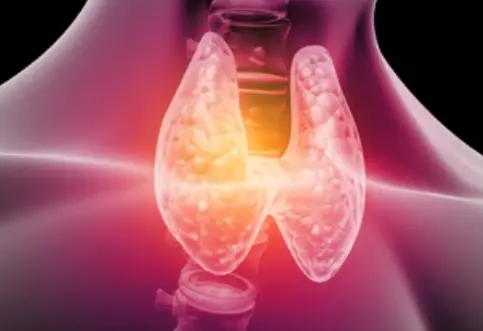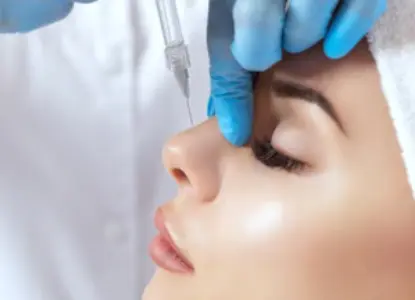 Welcome
Welcome
“May all be happy, may all be healed, may all be at peace and may no one ever suffer."
Infected burns - Generics
Infected burns occur when bacteria or other microorganisms invade and multiply in the damaged tissue of a burn wound. This can cause inflammation, delayed healing, and potential complications such as sepsis if left untreated. Signs of an infected burn may include redness, warmth, swelling, pain, and pus or other discharge from the wound.
Treatment of infected burns typically involves a combination of topical and/or oral antibiotics to eliminate the infection, as well as wound care measures to promote healing and prevent further infection. Topical antimicrobial agents such as silver sulfadiazine or mupirocin may be applied directly to the wound, while oral antibiotics such as cephalexin or ciprofloxacin may be prescribed if the infection is more severe.
Other wound care measures may include keeping the wound clean and dry, removing any dead tissue or debris, and dressing the wound with appropriate dressings to promote healing and prevent further infection. In some cases, surgical intervention may be necessary to remove damaged tissue or promote healing.
It is important to seek medical attention if you suspect that you have an infected burn, as prompt diagnosis and treatment can help to prevent complications and improve outcomes. Additionally, taking steps to prevent burns in the first place, such as practicing proper fire safety measures and using caution around hot objects or liquids, can help to reduce the risk of burn injuries and subsequent infections.

Aggression

Chronic low back pain

Absence seizures

Scaly or itchy scalps

Hyperthyroidism

Wheezing

Genitourinary spasm

Restless leg syndrome
Infected burns, সংক্রামিত পোড়া
To be happy, beautiful, healthy, wealthy, hale and long-lived stay with DM3S.